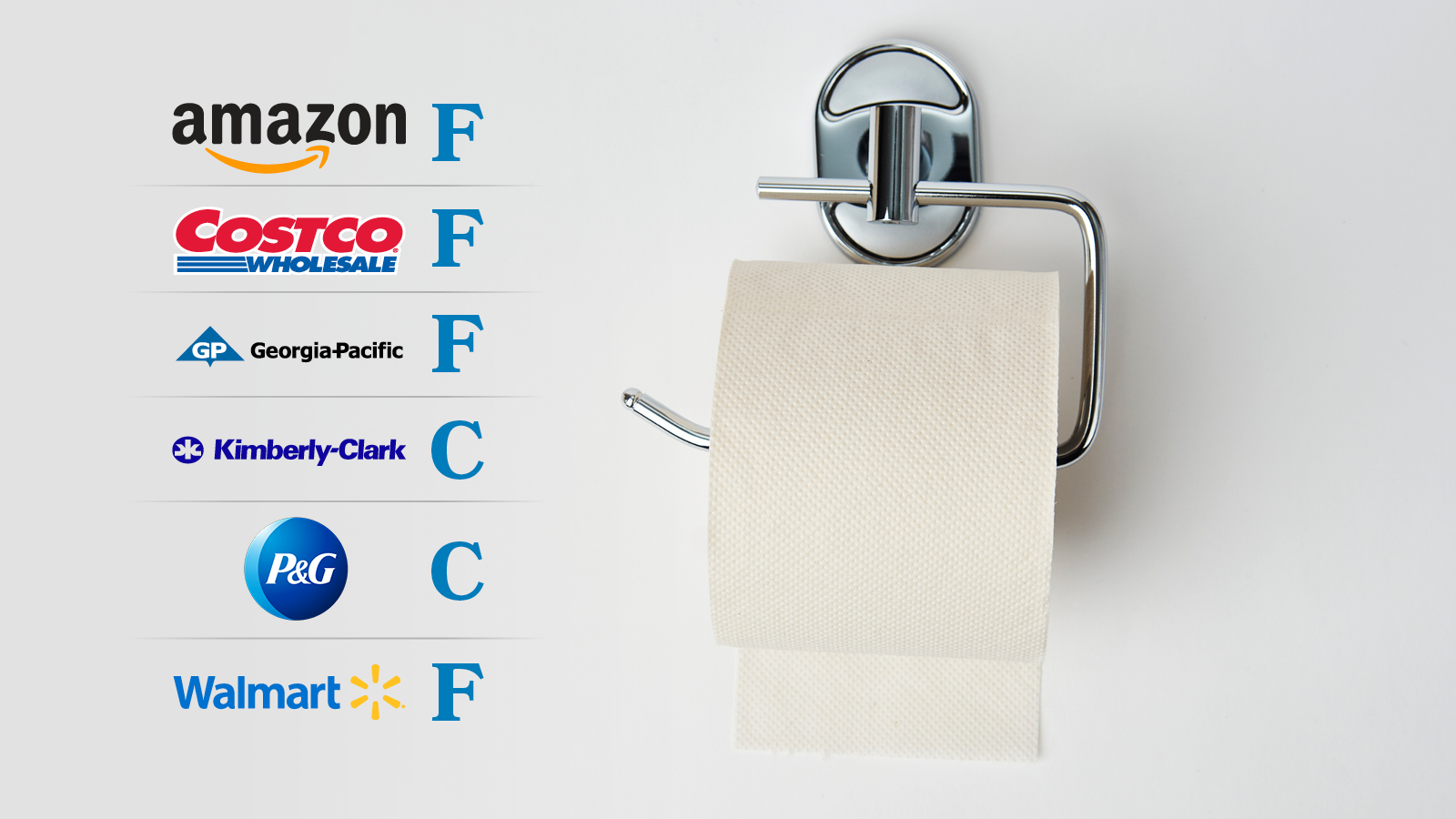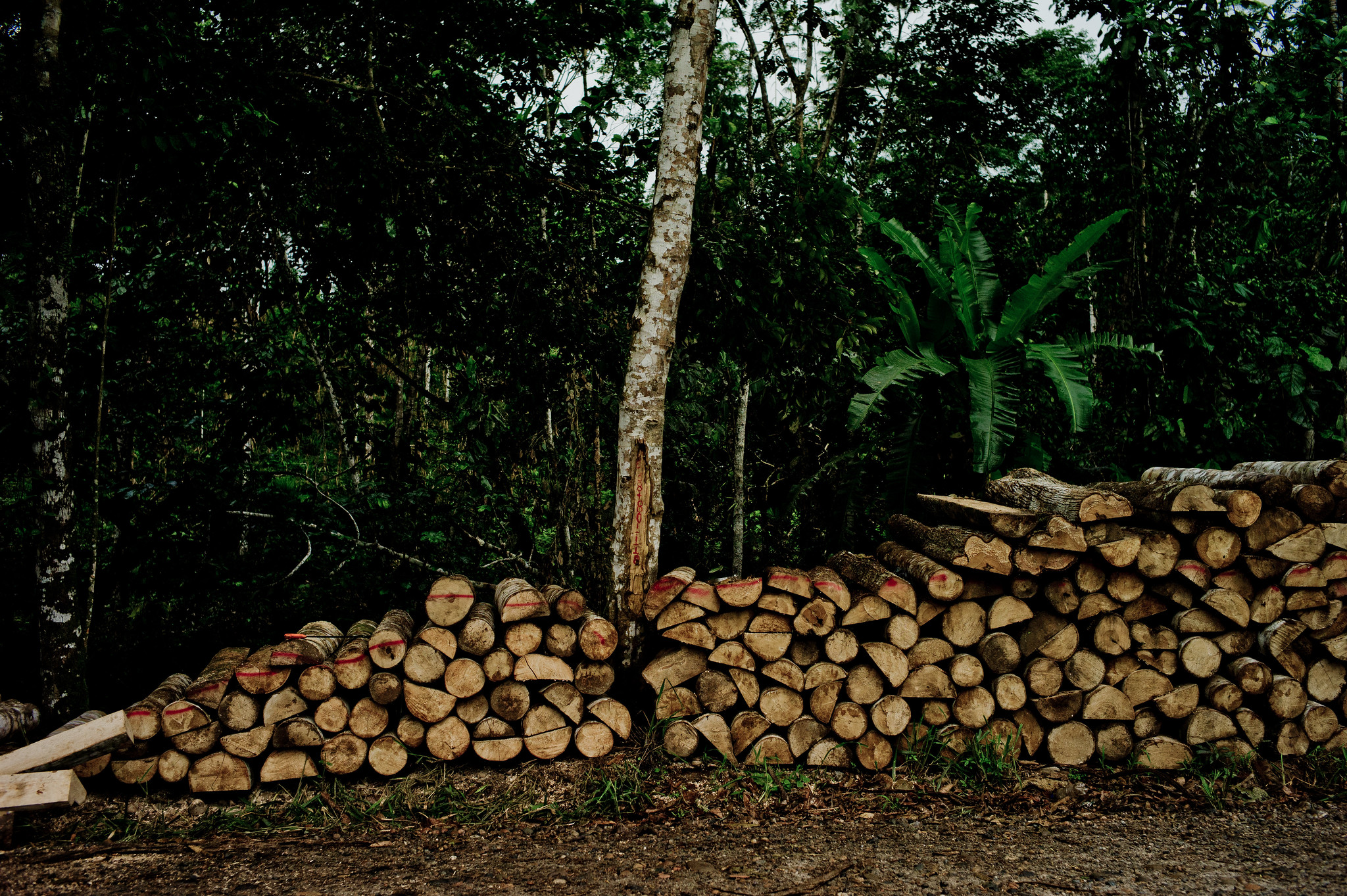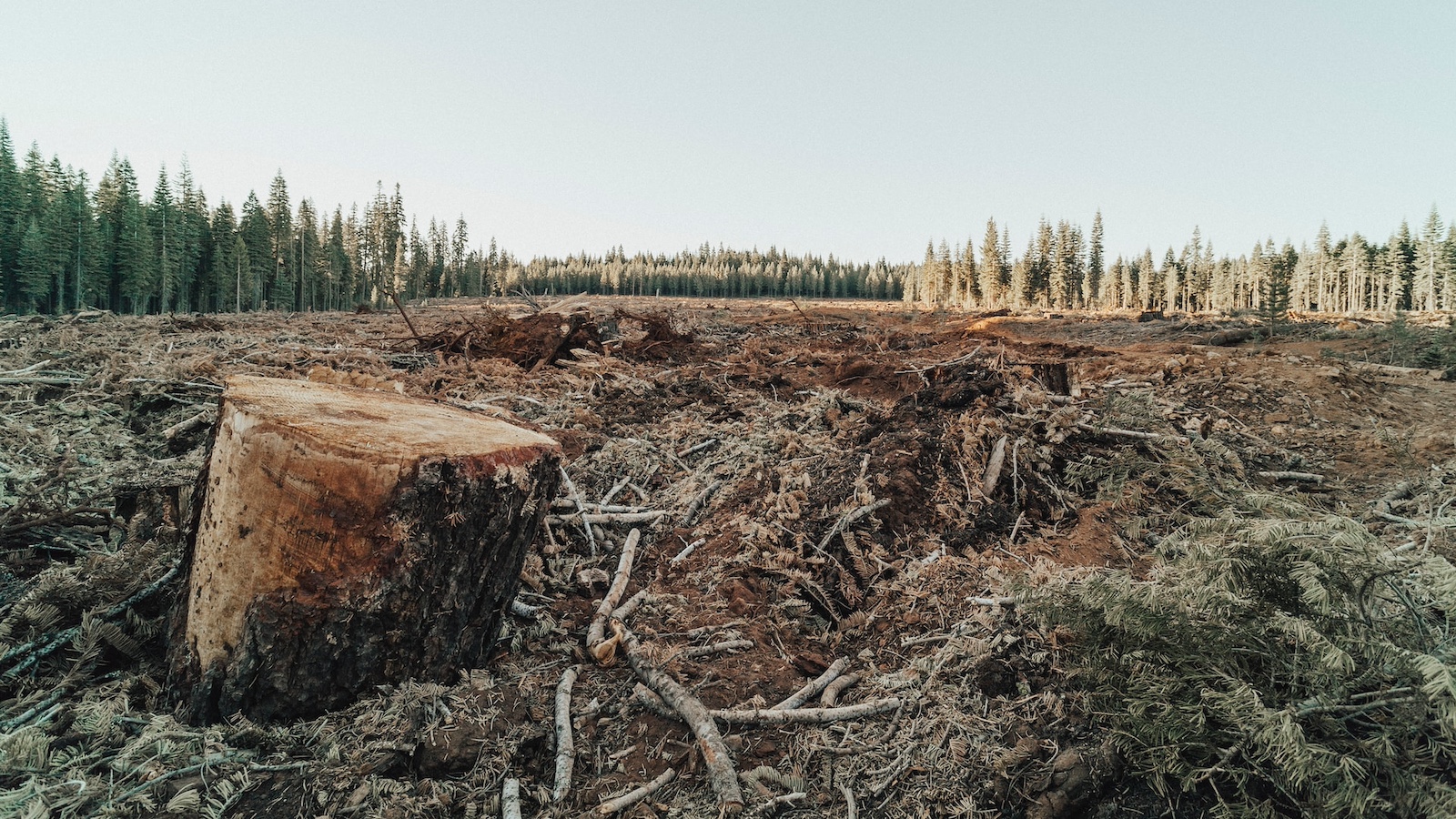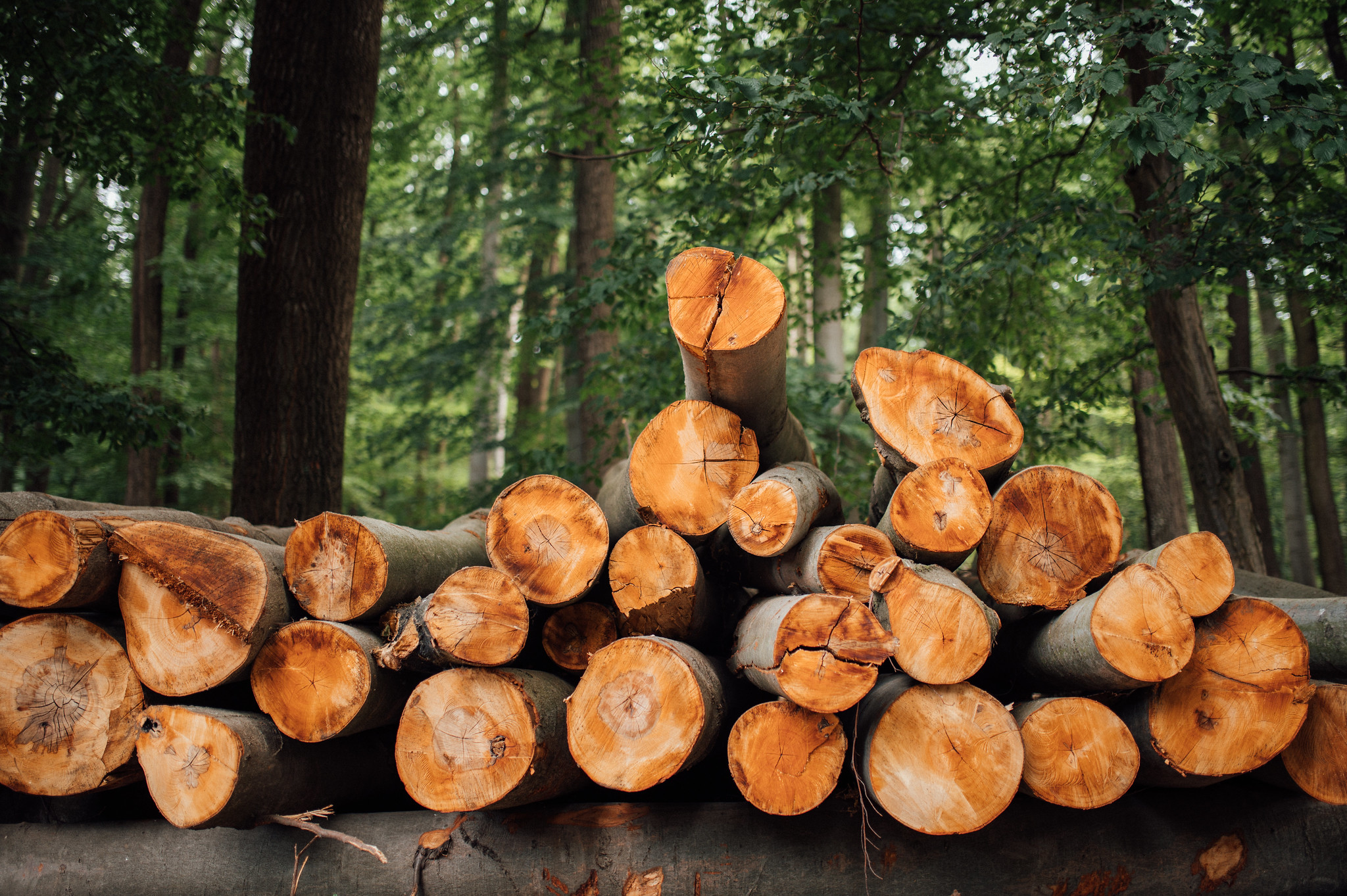
Which toilet paper companies are taking steps to be more sustainable?
Wild forests shouldn't be logged for toilet paper. We asked six home paper companies to take steps to reduce their impact on forests and we've graded them on their progress.
Each year, one million acres of the boreal forest are logged in Canada. That’s equal to 1.5 football fields worth of forest every minute. This threatens to release the 300 billion tons of carbon that the forest holds, which is nearly twice as much carbon as all of the recoverable oil reserves in the world.
Many of the trees, which may be decades or centuries old, are turned into wood pulp. Wood pulp is used to make at-home paper products, such as toilet paper, facial tissues and paper towels.
In 2020, Canada exported $4.99 billion worth of wood pulp, 34% of which was exported to the U.S. Much of that wood pulp was processed, packaged and sold to American consumers as toilet paper rolls and tissue, sporting familiar brand names.

In December 2021, Environment America Research & Policy Center sent a letter to 6 manufacturers and distributors of tissue products,Amazon, Costco, Georgia-Pacific, Kimberly-Clark, Procter & Gamble and Walmart. This letter asked them to reduce their environmental impact by making three commitments:
- To reduce the amount of virgin wood pulp in their tissue products by 50% (or more) by 2025.
- To commit to reducing their scope 3 greenhouse gas emissions by 50% by 2030.
- To ensure their wood pulp suppliers only develop the land of Indigenous and forest-dependent communities if given their free, prior and informed consent.
In December 2022, Environment America released a progress report, grading these manufacturers following three criteria (see Appendix for grading rubric).
In December of 2023, Environment America Research & Policy Center followed up with these manufacturers to request an update of their progress. We have updated the report card, following the same grading rubric.
Report Card
Kimberly-Clark: C
Paper Product Brands: Cottonelle, Scott, Kleenex
K-C remains a leader among the paper tissue manufacturers we sent letters to but their grade remains the same as last year.
K-C has a commitment to reduce their “natural (Northern) forest fiber footprint” from a 2011 base year 50% by 2025, already reaching 36% of this goal (2 points). In addition, K-C has reached their 2025 goal of sourcing 90% of their tissue fiber from environmentally preferred sources, meaning recycled fiber, sustainable alternative non-wood fibers, and FSC-certified virgin wood fibers (1 point).
The commitment to decrease Scope 3 emissions by 20% by 2030 is both specific and has a deadline (2 points), however is not as ambitious as we recommend.
K-C does not have a publicly available policy to protect the free, prior and informed consent (FPIC) of Indigenous communities.
Procter & Gamble: C
Paper Product Brands: Charmin, Bounty, Puffs
P&G has a line of 100% bamboo toilet paper, Charmin Ultra Bamboo (1 point). While P&G has a 2030 ambition of 100% third-party certification, naming FSC as their “preferred certification,” they do not have a commitment to reducing their use of virgin wood pulp.
Their scope 3 commitment is to reduce supply chain emissions from priority categories by 40 percent per unit of production by 2030 (1 point). However, this does not include emissions from the category of ‘Downstream Transportation and Distribution’ due to lack of data to accurately estimate this category.10 While this policy is specific (1 point), it does not include scope 3 emissions in totality and is not as ambitious as we recommend.
P&G outlines a policy about free, prior and informed consent and they also have a grievance mechanism (2 points).
Amazon: F
Paper Product Brands: Presto!, 365
All 365 by Whole Foods Market paper products (paper towels and toilet paper) are either made from 100% recycled materials or certified by the Forestry Stewardship Council™ (FSC). While this does not disclose what percentage of this is non-virgin wood fibers, it still uses some amount (1 point). However there is no specific commitment to reduce the use of virgin wood fibers in the future.
The 2022 Amazon Sustainability Report does not contain a free, prior and informed consent policy or grievance mechanism. Amazon co-founded the ‘Climate Pledge’ in 2019, a commitment to be net-zero carbon by 2040 (1 point). Amazon only publishes a portion of its scope 3 emissions so we cannot know whether they have a specific plan to reduce them (0 points).
Walmart: F
Paper Product Brand: Great Value
While 87% of supplier-reported pulp and paper volume in Walmart Inc. private brand products is recyclable or certified as more sustainable,17 this does not specifically reveal how many tissue products are made of recycled fiber or other types of non-virgin wood fibers. The goal to ensure Walmart private brand products made of pulp, paper, and timber will be sourced deforestation and conversion-free by 2025 does not aim towards non-virgin wood fibers, making this not relevant to this criteria nor ambitious enough.
Walmart’s specific goal to reduce or avoid supply chain emissions by 1 billion metric tons by 2030 (2 points) is an improvement from the previous report card but still falls short.
Walmart lacks both a policy on FPIC and a grievance mechanism.
Costco: F
Paper Product Brand: Kirkland
Costco does not have a commitment or deadline for reducing the use of virgin fibers.
Costco reports announced the commitment to a 20% reduction in their Scope 3 emissions intensity by 2030 from the baseline year of FY20, excluding fuel (2 points). This is not as ambitious as we recommend.
Costco has no public policy for FPIC nor does it have a grievance mechanism.
Georgia-Pacific: F
Paper Product Brands: Angel Soft, Quilted Northern, Brawny
Georgia-Pacific (G-P) claims to use “a mix of recycled and fresh fibers to make its tissue, boxes, and other paper products” but does not disclose a percentage of how much of this is non-virgin wood pulp. There is no commitment or policy surrounding non-virgin wood fibers, scope 3 emissions, nor FPIC.
How can companies improve their grade?
Reduce their use of virgin wood pulp
The best way to reduce pressure on our forests, and thus mitigate carbon emissions from forest degradation and deforestation is to reduce the use of virgin wood pulp to make tissues, toilet paper and other paper products. There are a wide variety of alternative options. Recycled wood fibers are the most sustainable material, because in addition to reducing pressure on forests, they divert waste from the landfill. Among others, sustainably sourced bamboo, hemp and wheat straw fibers are potential materials. The transition from virgin wood fibers will not, and likely cannot, happen overnight. For an A grade, companies should:
● Use some amount of non-virgin wood pulp in at-home tissue products. Either by incorporating non-virgin wood pulp into many of their products, such as K-C, or by testing out sustainable materials as new product lines, such as P&G.
● Make a commitment to incorporate or increase the amount of non-virgin wood pulp into its at-home tissue products.
● Have that commitment be specific, ambitious (50% or more), and with a deadline (2025 or sooner).
Reduce their scope 3 emissions
We also asked companies to commit to reducing their scope 3 emissions by 50% by 2030. Scope 3 emissions are all of the greenhouse gas emissions that a company produces indirectly, including ‘upstream emissions’ (the greenhouse gas emissions caused by extracting resources, transporting those resources to a processing plant, etc.) and ‘downstream emissions’ (the greenhouse gas emissions caused by consumers driving to the store to buy a product, using it, and the emissions released by the product once it is disposed of in a landfill). The vast majority of most companies’ greenhouse gas emissions are categorized as scope 3 emissions. Walmart estimated that 95% of its greenhouse gas emissions fell into this category. Logging a forest for virgin wood pulp creates scope 3 emissions, which companies could significantly reduce by using alternative, sustainable fibers.
Strong scope 3 emissions reduction plans are imperative to mitigating the worst effects of climate change. Large companies’ have an outsized impact on our climate, and as a result, an outsized opportunity to help fight climate change. With an environmentally focused, forward-thinking attitude, companies can do what they have done decade after decade: innovate and move our society forward. This time, in a more sustainable direction. For an A grade, companies should set a goal that:
● Is specific and measurable.
● Is time bound, with a reasonable deadline.
● Is sufficiently ambitious (aiming to reduce emissions by 50% and incorporating the “purchased goods and services category” into the scope 3 emissions reduction plan).
Implement a Free, Prior and Informed Consent Policy
The free, prior and informed consent of Indigenous and forest-dependent communities that have ties to forests and the areas surrounding them is important. Overlooking the free, prior and informed consent of a group can be an indicator that environmental degradation will ensue, harming ecosystems, the people who rely on that land and, in the case of deforestation and forest degradation, our climate. Forests that are owned legally or customarily by Indigenous communities are deforested half as much as other forests. For an A grade, companies should:
● Have a free, prior and informed consent policy that applies to every supplier.
● Have an accessible, clear mechanism for communities whose FPIC has not been secured to submit grievances and receive reparations and compensation.
The at-home tissue industry has a long way to go to become environmentally responsible. For consumers looking to purchase sustainable toilet paper and tissue products, check out the Natural Resources Defense Council’s Issue with Tissue Scorecard or read Sustainable Shopping: A consumer’s guide to purchasing wood products.
Appendix: Progress Report Grading Rubric
For non-virgin wood pulp (3 points total)
1 point for having any alternative to virgin wood pulp
1 point for having a commitment
1 point for having a specific, ambitious (50% or more) commitment with a deadline
Scope 3 policy (3 points total)
1 point for policy being specific
1 point for policy with a deadline
1 point for policy being ambitious
For free prior and informed consent policy (2 points total)
1 point for having a policy
1 point for having a grievance mechanism
8 points possible
8 points: A
6-7 points: B
5 points: C
3-4 points: D

Sustainable Shopping
Topics
Authors
Ellen Montgomery
Director, Public Lands Campaign, Environment America Research & Policy Center
Ellen runs campaigns to protect America's beautiful places, from local beachfronts to remote mountain peaks. Prior to her current role, Ellen worked as the organizing director for Environment America’s Climate Defenders campaign. Ellen lives in Denver, where she likes to hike in Colorado's mountains.
Find Out More

What kind of planet protector are you?

What can we do to keep the boreal forest from being flushed away?

Is logging allowed in national forests?




